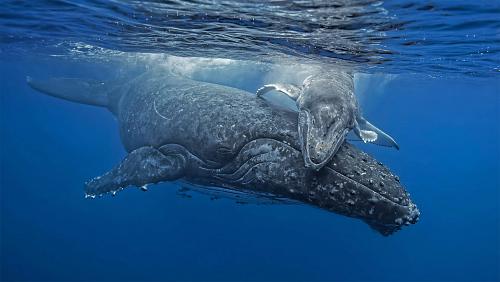Meteo models are powerful tools that help scientists and researchers understand and predict the impacts of climate change. By using data to create complex mathematical simulations of the Earth’s atmosphere, meteo models allow us to gain insights into weather patterns, climate variability, and the potential future changes that our planet could experience.
One of the key components of meteo models is the use of observational data, collected from a wide range of sources such as weather stations, satellites, and ocean buoys. This data is used to create a baseline understanding of current climate conditions, which can then be used to drive the simulations within the meteo models. By comparing the model’s output to real-world observations, scientists can assess the accuracy of their predictions and refine the models to improve their performance.
Meteo models are also instrumental in helping us understand the effects of human activities on the climate. By inputting data on greenhouse gas emissions, land use changes, and other human-induced factors, researchers can simulate different scenarios to assess how these activities may impact the climate in the future. This allows policymakers and stakeholders to make informed decisions about mitigation and adaptation strategies.
Additionally, meteo models enable us to study extreme weather events such as hurricanes, heatwaves, and heavy rainfall. By simulating these events, scientists can better understand the underlying mechanisms that drive them, as well as how they may be influenced by climate change. This knowledge is crucial for developing strategies to minimize the impacts of extreme weather on communities and infrastructure.
Furthermore, meteo models are also important for understanding the long-term trends in climate change. By inputting data on historical climate patterns, as well as projected changes in greenhouse gas emissions, meteo models can help us understand how the climate may evolve in the coming decades. This information is critical for preparing for potential changes in temperature, precipitation, and sea-level rise.
One of the challenges in using meteo models is the complexity of the Earth’s climate system. The atmosphere, oceans, land surfaces, and ice sheets all interact with each other in intricate ways, and modeling these interactions accurately requires a deep understanding of the underlying physical processes. Additionally, the sheer volume of data needed to drive these models can be immense, requiring advanced computing resources to run the simulations.
Despite these challenges, meteo models have significantly advanced our understanding of climate change and have become invaluable tools for policymakers, researchers, and the general public. These models provide crucial insights into the potential impacts of climate change, helping us prepare for and mitigate its effects.
As our knowledge of the Earth’s climate system continues to grow, meteo models will play an increasingly important role in shaping our understanding of climate change and guiding our efforts to protect the planet for future generations. By using data to create sophisticated simulations of the Earth’s climate, meteo models are helping us to unlock the secrets of climate change and develop strategies to address its challenges.







